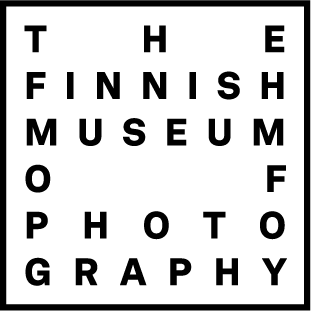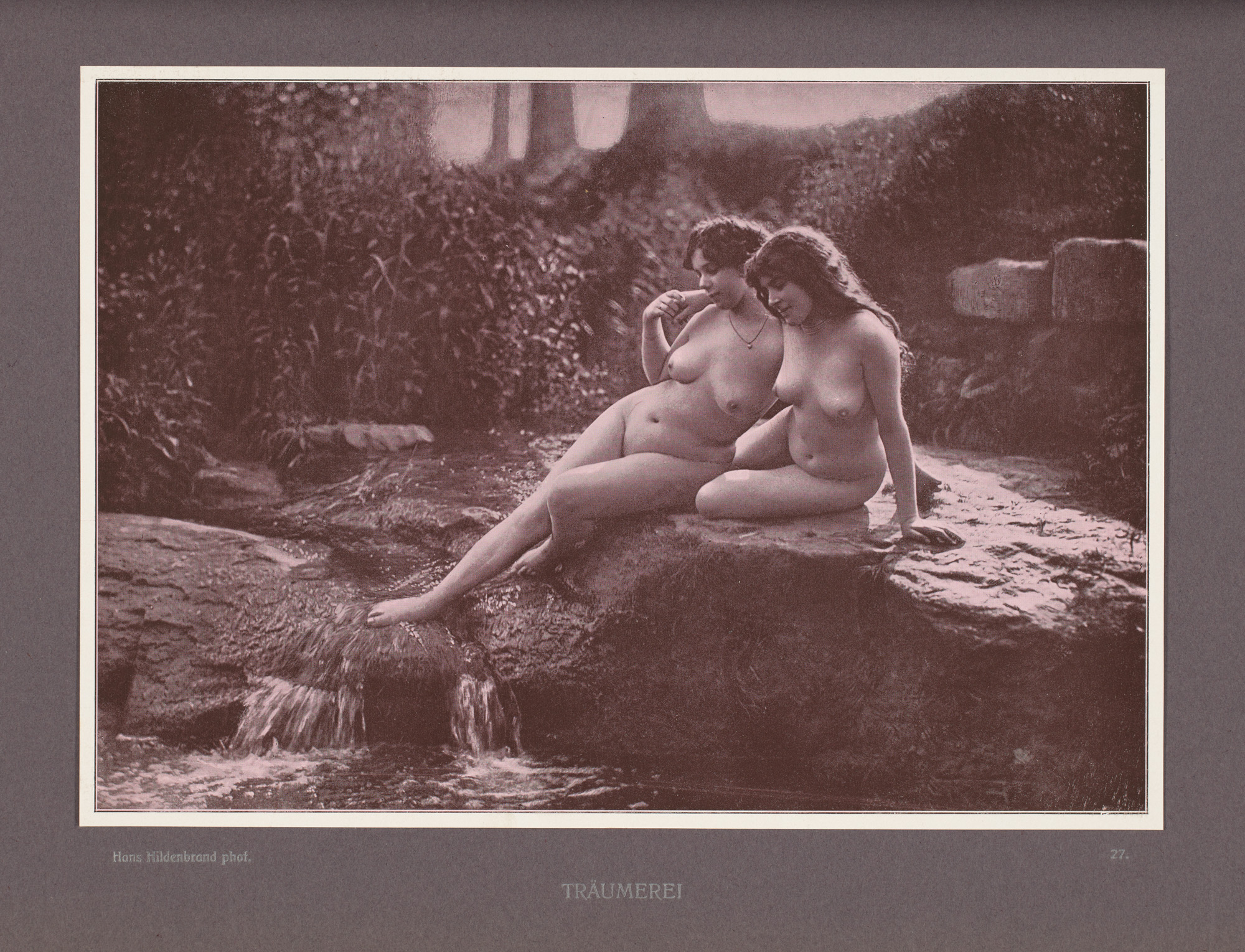
Queer histories hidden in plain sight in photographic archives.
“Photographs furnish evidence. Something we hear about, but doubt, seems proven when we’re shown a photograph of it”, Susan Sontag writes in her book On Photography (1977). Even in today’s world, where we are quite literally surrounded by images, photography still holds a major role as historical evidence. This leads to us expecting to find photographic evidence of nearly anything that has occurred since the invention and popularization of the camera. When there are gaps in photographed histories, it feels almost as if crucial evidence is missing. There is no proof of the existence of something or someone.
It’s not enough for this evidence to solely exist: it also needs to be made accessible to others so it can somehow be found after the storing of it. When observing these evidences or visual histories, we must look further than just the people behind and in front of the camera. It is also important to see how these photographs have continued to live on after the moment the trigger was pulled. What kind of images have been worth archiving? How and where are they stored? Who can access these images? How are the images labeled to help finding them in a sea of millions of others? Who is behind all this labeling and preservation?
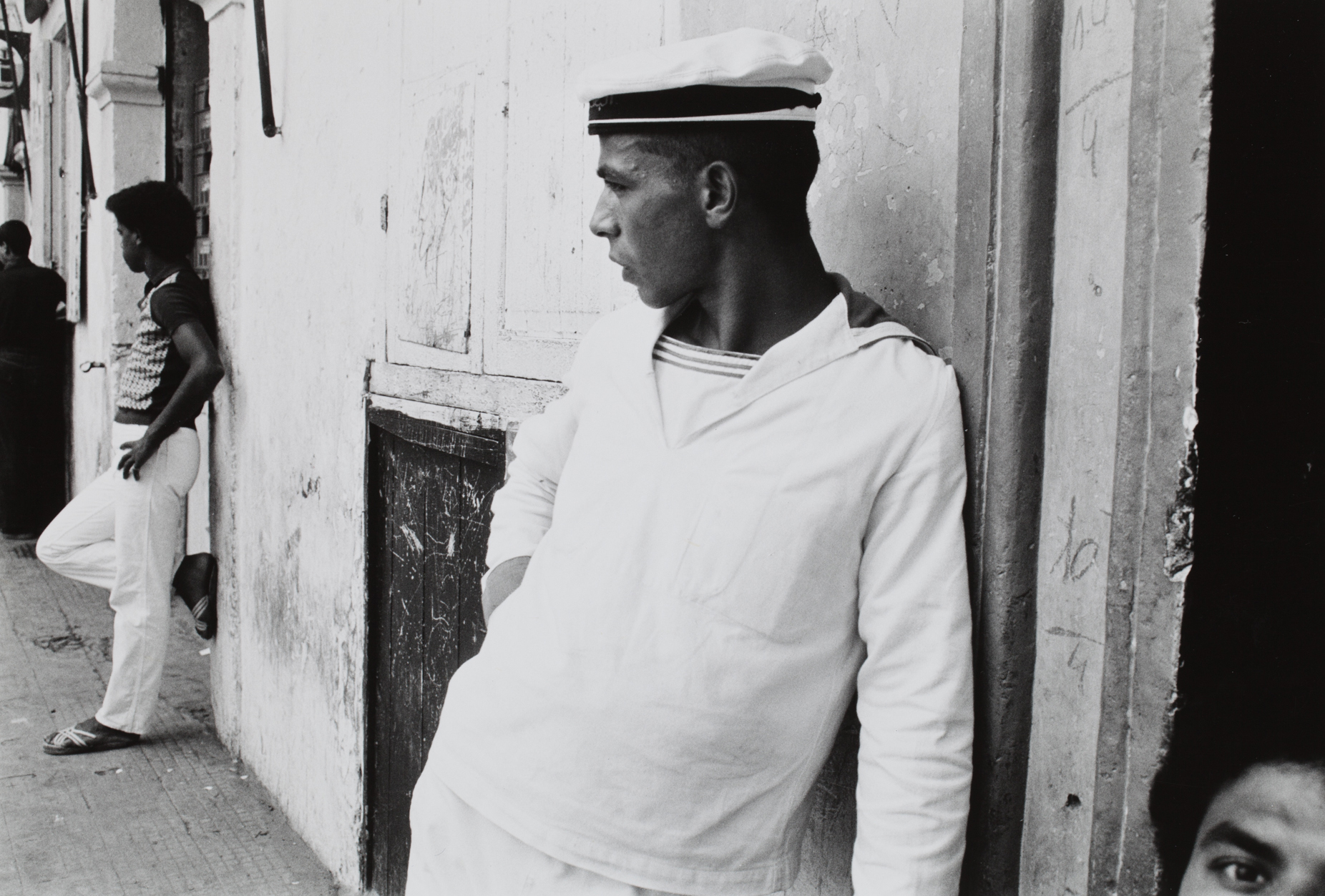
Päivi Valtonen, 1982 / Collection of the Finnish Museum of Photography. D2010:18/3.
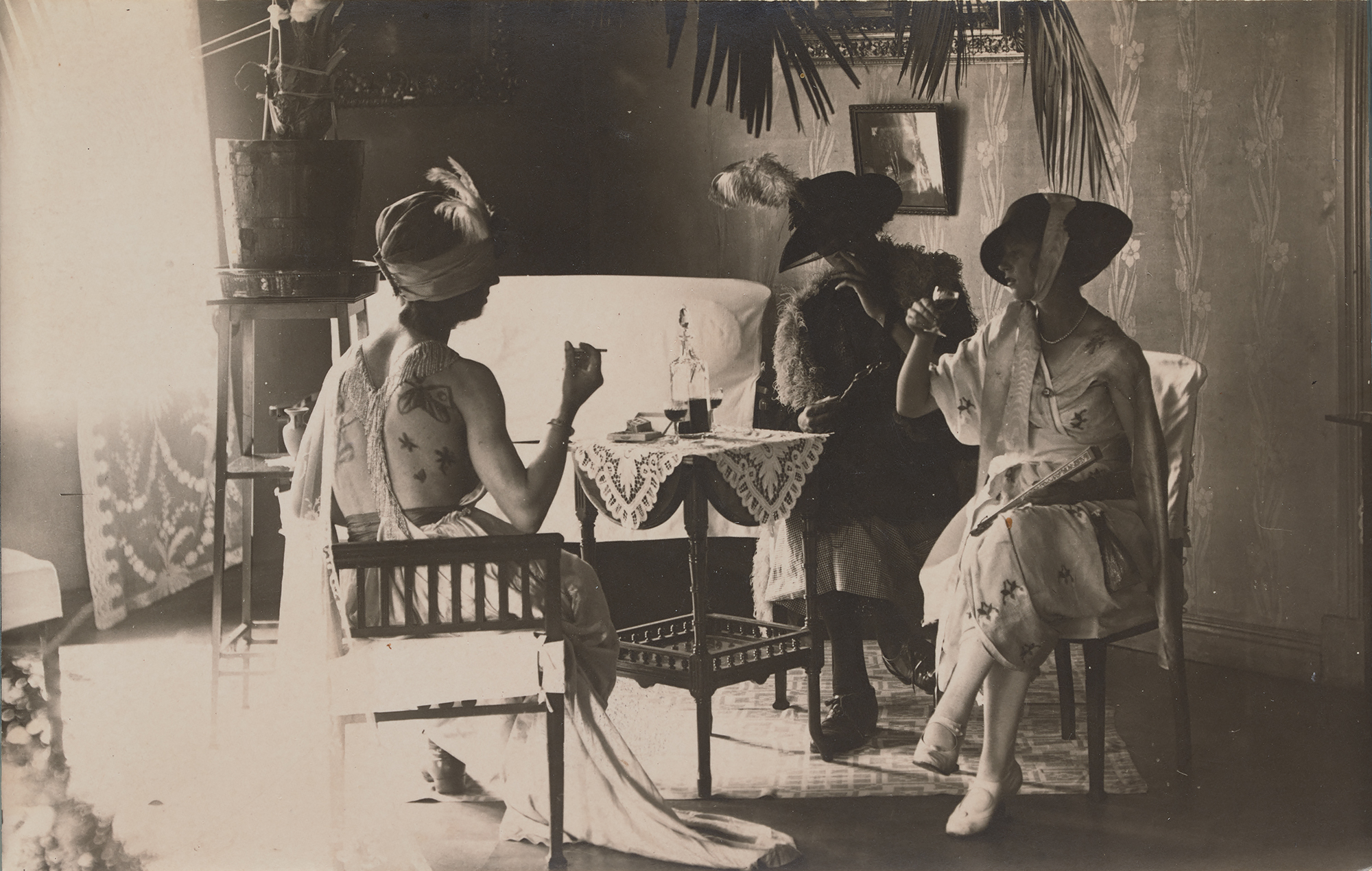
Ilmari Heikkilä, 1920 / Collection of the Finnish Museum of Photography. D1976:23/412.
The connection between text and image is a crucial part of historical documentation. Even though we like to look at both the images and their labels as objective, neutral, they are far from that. Behind every word that has been assigned to an image afterwards, is a person connecting the text to the visual. And behind the person making these connections, there is a system of labels and categories that guide the labeling process, and at the end, contribute to the way the spectator reads the image.
Labeling an image based on things like location or time period is easy to justify. However, when we get to images of people, and the attempts to label these people, things become more complicated. With categories that have to do with one’s identity, there is a common practice of creating the category only for “the other”. Qualities such as whiteness, heterosexuality and binary (cis)gender are seen as the default, and there is this idea that a label needs to be created only for those who deviate from this default. But “the other” is often outside the reach of a category, as the qualities that define the otherness are usually something hidden from the eye, something that one needs to look for from between the lines. When left outside of labeling, “the other” ends up invisible, unless the one connecting a word to a visual is specifically looking for it.
“Categorization and cataloging are problematic but they contribute to providing access in the archival field”, Lizeth Zepeda states in her article Queering the Archive: Transforming the Archival Process (2018). The existence of queerness, both in the archives and in the world in general, does not depend on the words created to describe different identities. For many, the word “queer” represents anti-labelling, and is a way of being against categories. The idea that identity is something that is supposed to fit into a category and to stay in place, solidified, is still an aim to conform to normativity, even if the identities themselves are outside of the norm or “the default”. Queer on the other hand is something essentially against the norms, something that one can not label. Still, words hold importance when searching for and preserving historical information and documents.
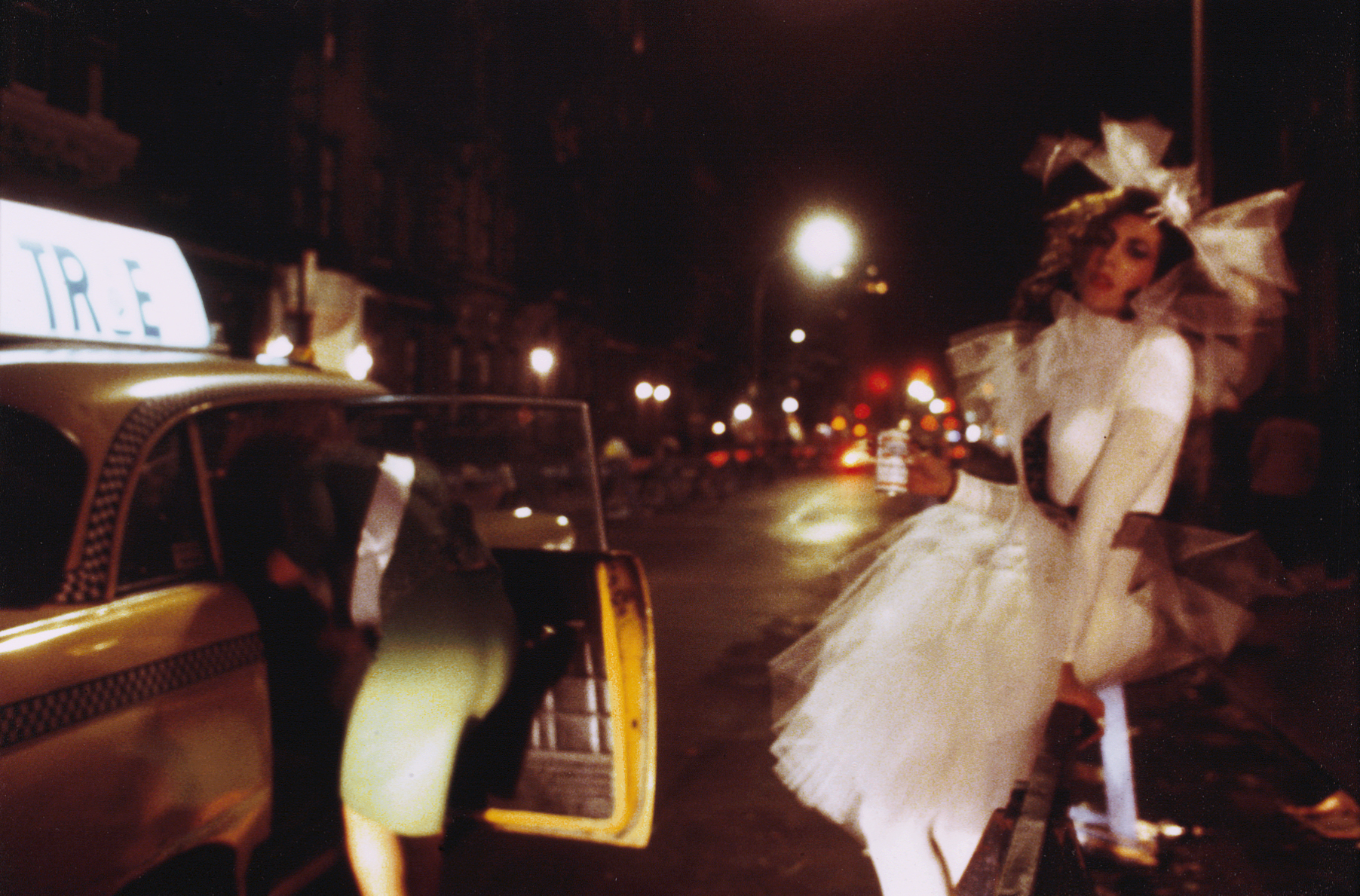 Marjukka Vainio, 1983 / Collection of the Finnish Museum of Phtography. D1985:128/84.
Marjukka Vainio, 1983 / Collection of the Finnish Museum of Phtography. D1985:128/84.
When looking at queer histories and the way they have been documented, we have to understand the way words, terms and definitions are in constant flux, always moving and transforming. The words we use to describe our identities today might differ from those that were used in the past. Maybe they had a different meaning before, maybe the words themselves didn’t even exist. New vocabulary is constantly being birthed, therefore we have an abundance of new, specific terms for different (queer) identities. Like words, identities themselves are not stable. The way we identify ourselves might change throughout our lives. Identity is a fluid force after all. To assign identities to others, especially those who are no longer with us, based on mainly visual signifiers, is always an act that results in uncertainty. When looking at queer histories, we must accept, maybe even embrace, this uncertainty.
Unfortunately there is often no space for might be’s and perhaps’ in the archival systems. Still, finding and creating new assumptions and guesses in already existing archival documents is often the only way to see recorded queer pasts. To be able to do that, we must rethink the way we see truthfulness, and stop aiming for objectivity, because after all, information can never be objective. The perspectives that are seen as objective, are usually just the lenses through which we are used to observing the world and its histories. We can start to see abundance instead of absence by consciously choosing to look at photographic histories through new perspectives and by questioning the previously created connections between words and images.
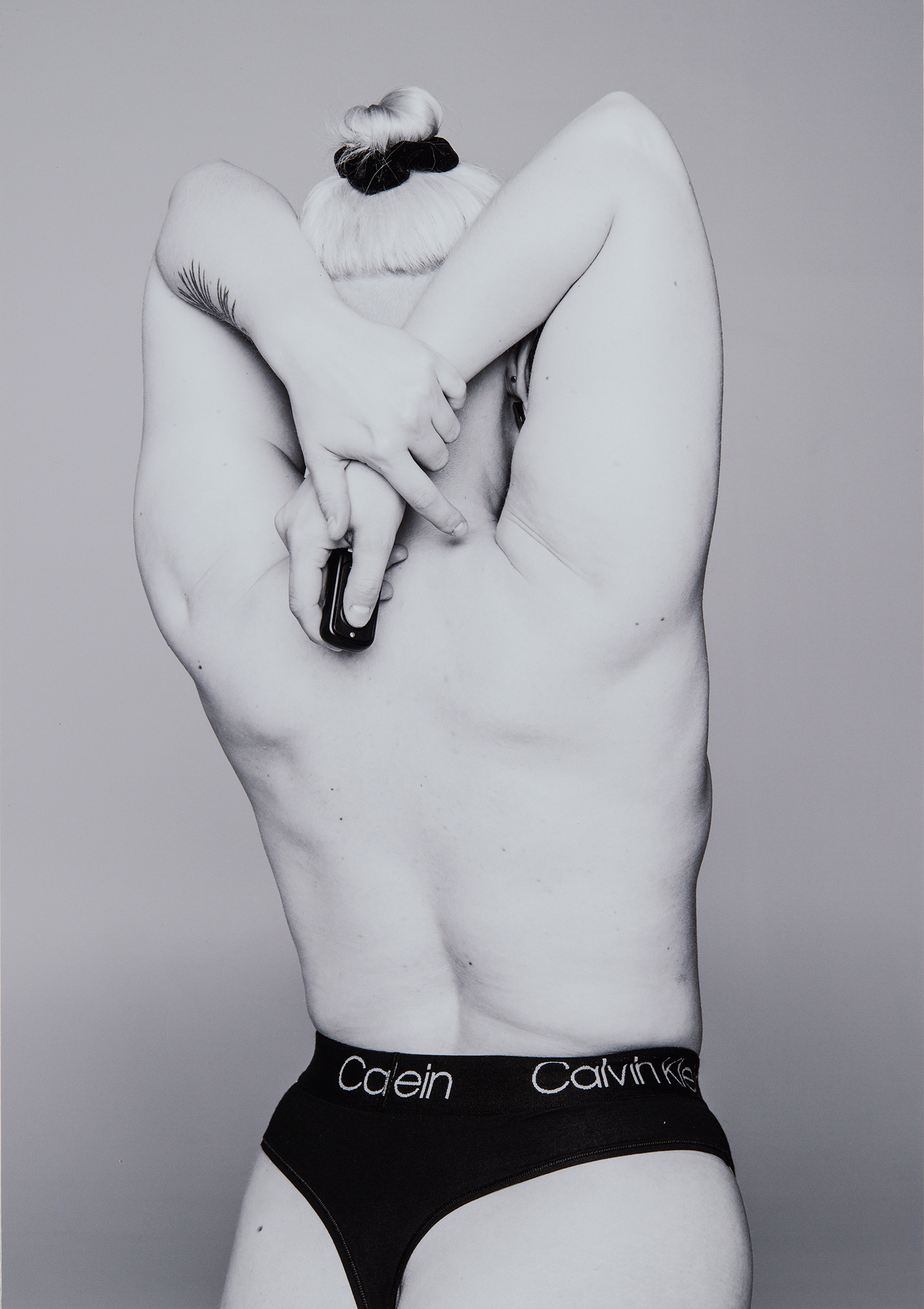
Jussi Lautu, Self portrait of Rooa Paldanius, from the series IN/Visibility, 2020 / Collection of the Finnish Museum of Photography . D2023:11/6.
When scrolling through the digital archives of The Finnish Museum of Photography, feeling like all I found was complete absence, I was caught by surprise when the search word “queer” resulted in seven images. All of these results turned out to be recently purchased photographs from Jussi Lautu’s series IN/VISIBILITY, where the artist and their nonbinary models collaborate in creating self-portraits in the model’s own terms. It is fascinating to me how at this very moment, in the year 2023, the word “queer” has found its place as an archival category in Finland, where the term doesn’t even have a proper translation.
As diversity in visual culture and its creators grows, the search for representation feels less frustrating. There is no longer a need to turn every stone, to look behind the darkest corners and in the cramped white spaces between words to find it. Still, I hope to see more than just the representations from the 2020s. I hope to see historical documentation of the queer lives of the past, photographic evidence of us always existing. I hope to see new words to guide our gazes, even if this would mean guessing and re-assuming in a more bold manner than before. We can find pieces of queer histories in images existing already in the archives if we just dare to say maybe.
Vilma Myllyniemi, intern in exhibitions department
May 2023.

